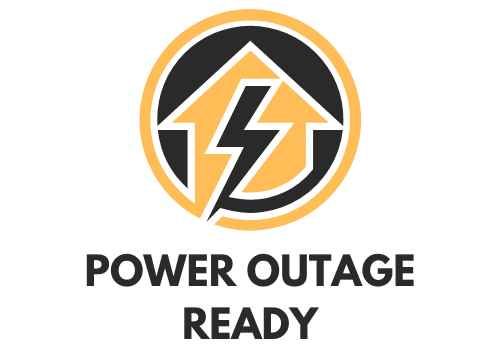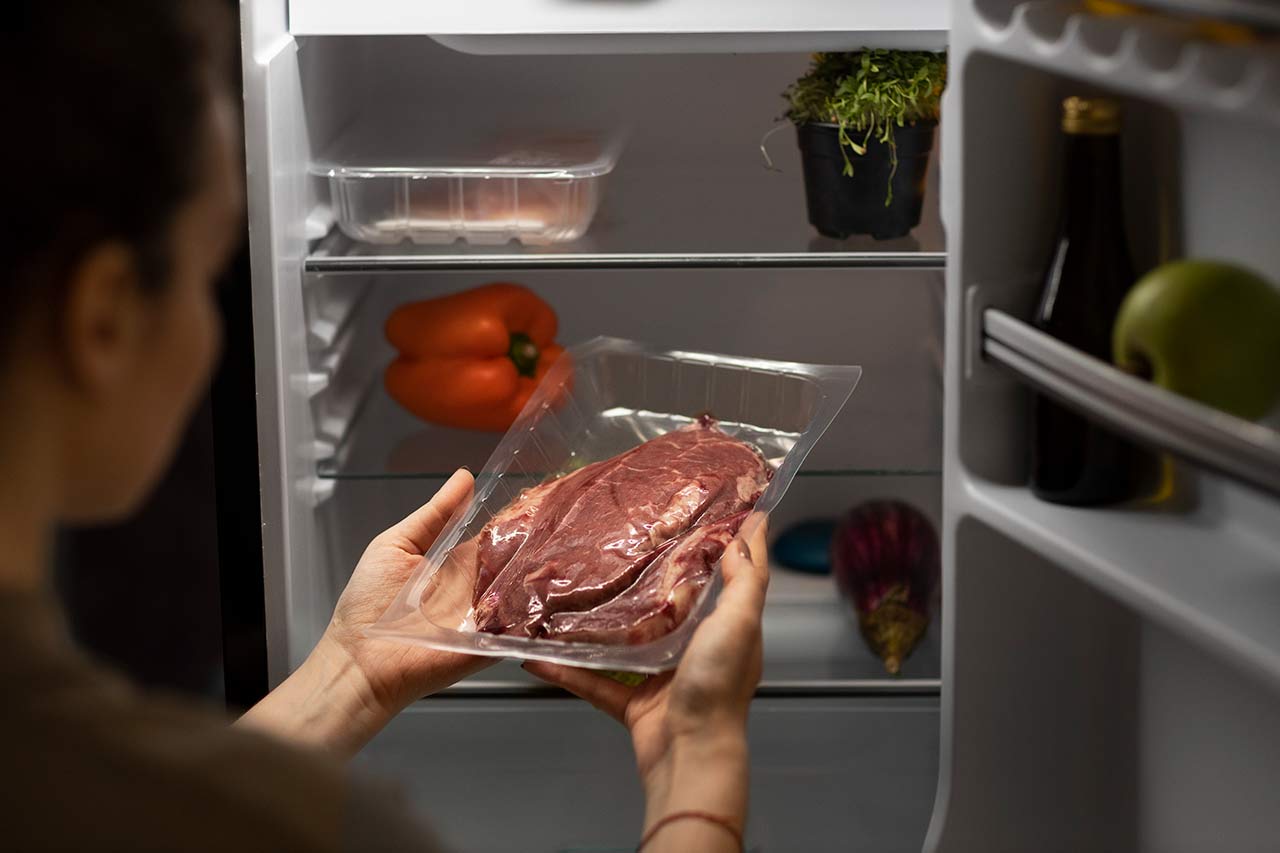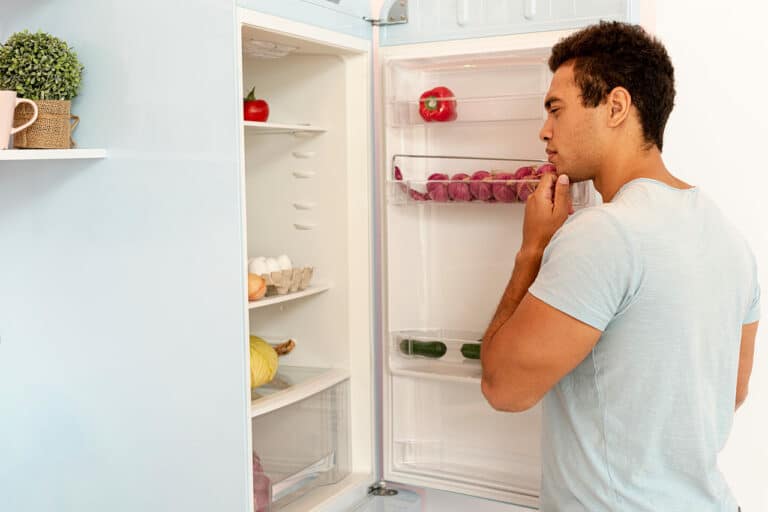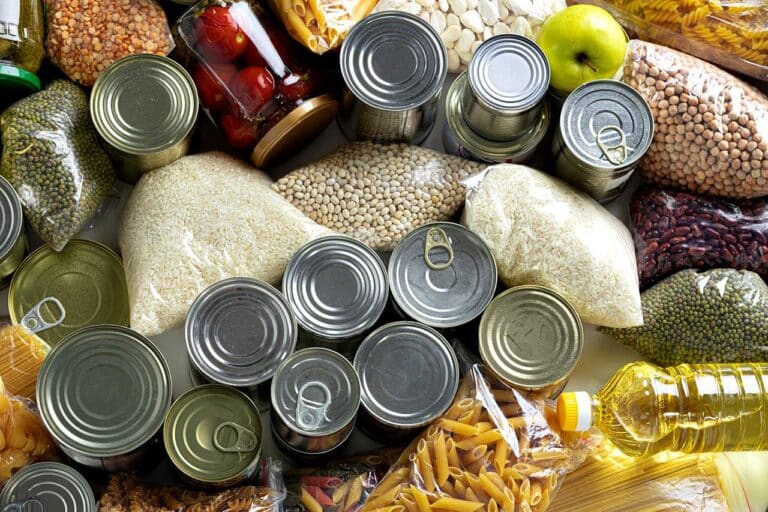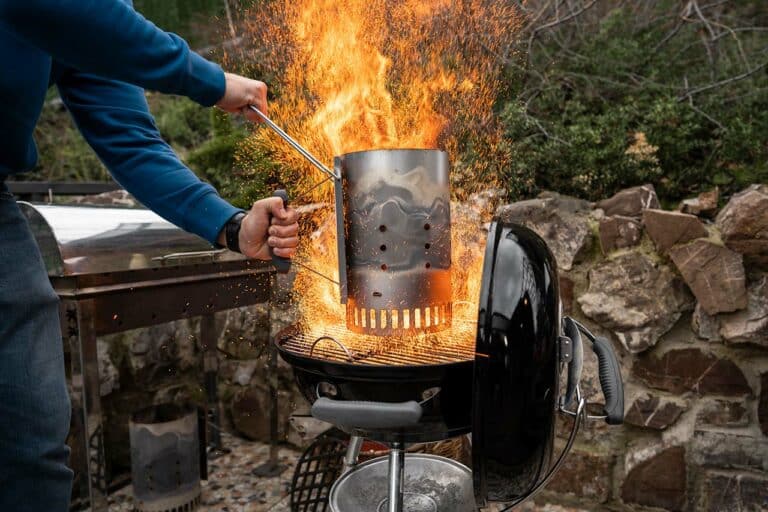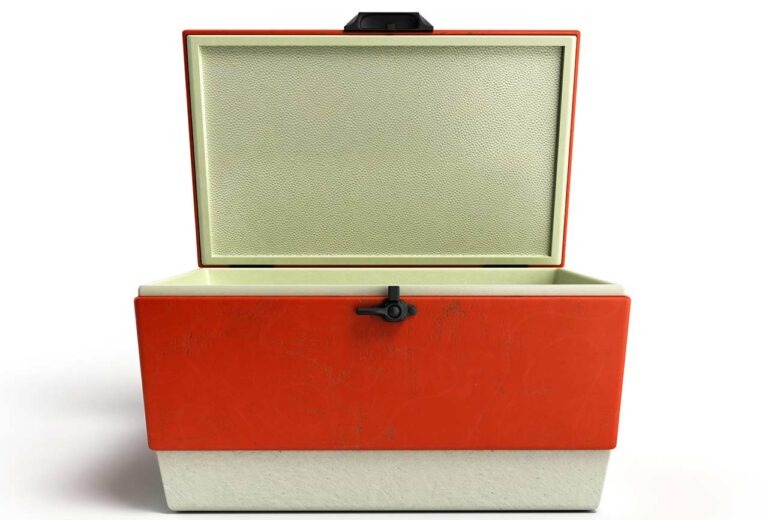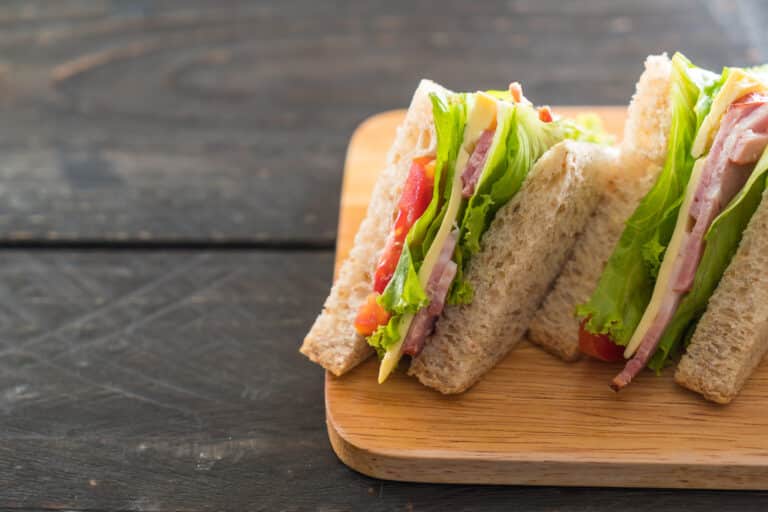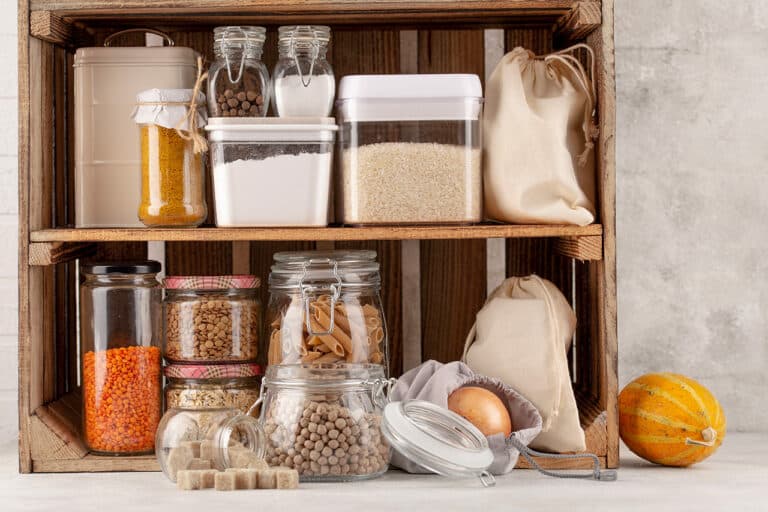How To Make Sure Food Is Safe To Eat During A Power Outage (Expert Tips)
Power outages can really put a damper on your days, especially when it comes to keeping your food safe to eat. You might find yourself wondering if those leftovers in the fridge are still good or if that slightly wilted lettuce is worth salvaging. Worry not, there are some simple ways to determine food safety during a power outage.
First things first, your fridge will typically keep perishables safe for up to 4 hours as long as you keep the door closed as much as possible. Once that time passes, you’ll need to make some decisions about what to toss and what to keep. (Though, it might be sooner, depending on your fridge.)
Knowing when to discard items based on appearance and smell, and making sure you’re eating safe fruits, veggies, and canned goods is paramount to your health when the power is gone. Luckily, it’s not that complicated.
Planning Ahead for Power Outages
The best time to plan for food safety during a power outage is before an outage hits. One of the first and best things you can do to ensure your food safety is to buy an appliance thermometer for both your refrigerator and your freezer. This will keep you in the know as to your food’s status as an outage drags on.
The next thing you can do is keep your refrigerator and freezer organized and filled (but not overly-packed), which will help them stay cold longer if the power goes out. In case of a power outage, remember that your refrigerator will keep food safe for up to 4 hours and your freezer for around 48 hours.
But those numbers can be extended by being smart in your preparation. By keeping coolers, block ice, and frozen gel packs on hand, you’ll have some go-to options as a power outage continues.
You should also have at least a three-day supply of non-perishable food for every member of your household. That way if your fresh stuff reaches non-safe ranges, you can move onto your canned and boxed goods.
Of course, knowing what to do with your food during a power outage doesn’t tell you how to make sure it’s actually safe to eat. So, let’s get into prioritizing food during a power outage and making sure the food you’re eating is actually safe.
Managing Perishable Foods in the Absence of Power
Power outages can disrupt our regular eating routines, and while our three-day, non-perishable supply provides a fallback, that doesn’t mean the food in our refrigerators and freezers has to go to waste or simply sit where they are during an outage.
While we want to keep the doors to our refrigerators and freezers shut as much as possible, as an outage drags on, it’s the perishables we have stored in these that start to demand our immediate attention. Eating foods in the right order can ensure we waste less food during a long-term outage.
So, let’s talk about what to eat first.
- Cut Fruits and Vegetables: When planning meals during a power outage, begin with items that have the shortest shelf life once exposed. Cut fruits and veggies lose their freshness quickly, so prioritize them.
- Dairy Products: The importance of consuming dairy swiftly can’t be overstated. Items like milk, yogurt, and soft cheeses need attention before they turn sour.
- Raw Meat and Seafood: Before the possibility of spoilage looms large, transfer these items to the freezer, where they’ll keep far longer than in the fridge.
- Freezer Foods: Once you’ve consumed the contents of your refrigerator, moved them to a cooler with ice, or put them in the freezer to extend their lives, you’ve got some time. You’ve got quite a lot of hours between the food in your fridge going bad, and the food in your freezer going bad. But, if an outage drags on and you have no means of getting more ice to keep your food cold, it’s time to delve into the contents of your freezer. Basically, you need to eat them before they thaw out completely.
It’s difficult to know exactly when to start eating your perishables during a power outage — a lot depends on the efficiency of your refrigerator/freezer and your backup cooling options. You also have to walk a line between using the food in your refrigerator and freezer, and keeping the doors closed as much as possible.
The important thing to remember is that, just because a power outage hits, doesn’t mean everything in your fridge and freezer are goners. You’ve just got to be diligent about monitoring, and smart in the way you use your food supply.
Safeguarding Your Non-Perishables
While non-perishables are inherently more durable than perishables, they do require some regular attention. Properly managing them not only ensures their longevity but also their nutritional value and taste.
- Rotation is Key: To avoid older items being forgotten at the back of your cupboard, regularly rotate your stock. Consuming the oldest items first ensures you make the most of their prime.
- Check for Expiration Dates: Make it a routine. At regular intervals, inspect your stash for those sneaky expiration dates. Sometimes, items can go bad even before they hit this date, so being vigilant pays off.
- Seal Properly: Air, moisture, and pests are enemies of your non-perishables. A proper sealing mechanism will keep these threats at bay.
Ensuring Food Safety with a Food Thermometer
While there are lots of ways to keep your food safe during a power outage, nothing beats good old-fashioned monitoring. You’ve already got appliance thermometers in your refrigerator and freezer, ideally, but you also need one for your actual food.
When it comes to testing food for safety, our senses of sight and smell are helpful, they aren’t infallible. In uncertain situations like power outages, the accuracy of a food thermometer becomes invaluable. Being able to gauge the exact temperature of your food items can be the difference between a safe meal and food poisoning.
- Why Have a Food Thermometer?: It’s not an exaggeration to say this tool could be a lifesaver in a blackout. A power outage often means fluctuating temperatures, and a food thermometer will tell you if your perishables are still safe.
- Checking Fridge & Freezer Contents: A uniform temperature throughout your fridge or freezer is a myth. Check various items, especially those in door shelves or at the top of the freezer. Remember, the magic number is 40°F. Anything above this for more than two hours is risky territory.
- Act Fast and Be Thorough: If you anticipate a prolonged outage, spring into action. Use the thermometer to check as many items as possible. Quick decisions now can save a lot of trouble later. Plus, you’ll be able to eat the food that is warming up or thawing most quickly.
Stay Vigilant, Stay Safe
Power outages, while nettlesome, don’t have to spell disaster for your food supplies. With a little foresight, some organization, and the right tools at your disposal, you can navigate blackouts without compromising on the safety and quality of your meals. Remember, being prepared is half the battle. Armed with knowledge and the right approach, you can ensure that your food remains both delicious and safe, no matter the circumstances. Or how long they last.
